How the Guy Fawkes mask appeared, which became a symbol of protest movements
Categories: History
By Pictolic https://pictolic.com/article/how-the-guy-fawkes-mask-appeared-which-became-a-symbol-of-protest-movements.htmlThe mask of Anonymus, aka the Guy Fawkes mask, is well known to all Internet users. She first appeared on the pages of the comic book "V means Vendetta", published in the UK from 1982 to 1989. Later, in 2006, the mask could be seen in the film of the same name. Now she has become a key symbol of the group of activists and hackers Anonymous. But who was Guy Fawkes, after whom this popular protest symbol is named?
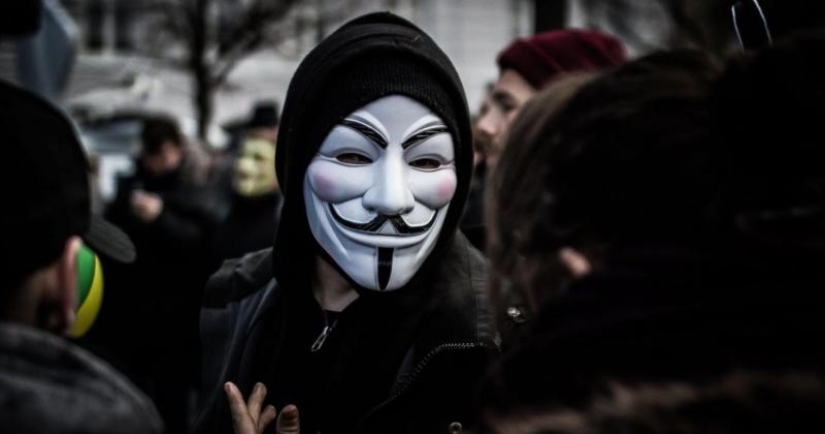
Guy Fawkes was an English nobleman, a Catholic and an unsuccessful conspirator. As a person, he did not represent anything, but was only a tool in someone else's hands. Despite this, his persona of a gloomy terrorist, fanned by romance, gave rise to the image of an ideological fighter, which became a symbol.
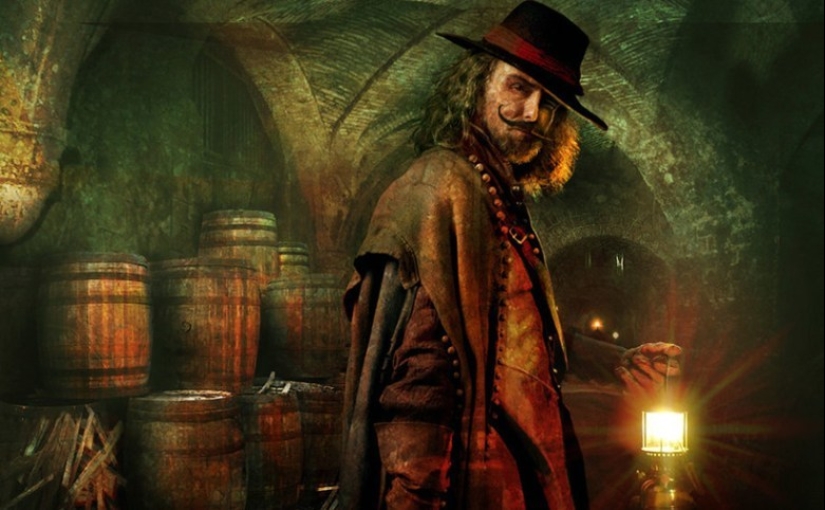
Guy Fawkes was born on April 13, 1570 in York, England, into a noble family. Almost nothing is known about the childhood and youth of the hero, but historians say that the guy received a good education and did not need money. Guy Fawkes was also a Catholic, and this fact played a decisive role in his fate.
In the late 16th and early 17th centuries, Catholics were not held in high esteem in England. The kingdom was constantly at enmity with the Catholic Spain to the core, so in every Catholic, the Protestants, who were in the majority, saw a traitor and a spy. The English king James I, although he had a reputation as a kind and just monarch, did not tolerate Catholics in spirit.
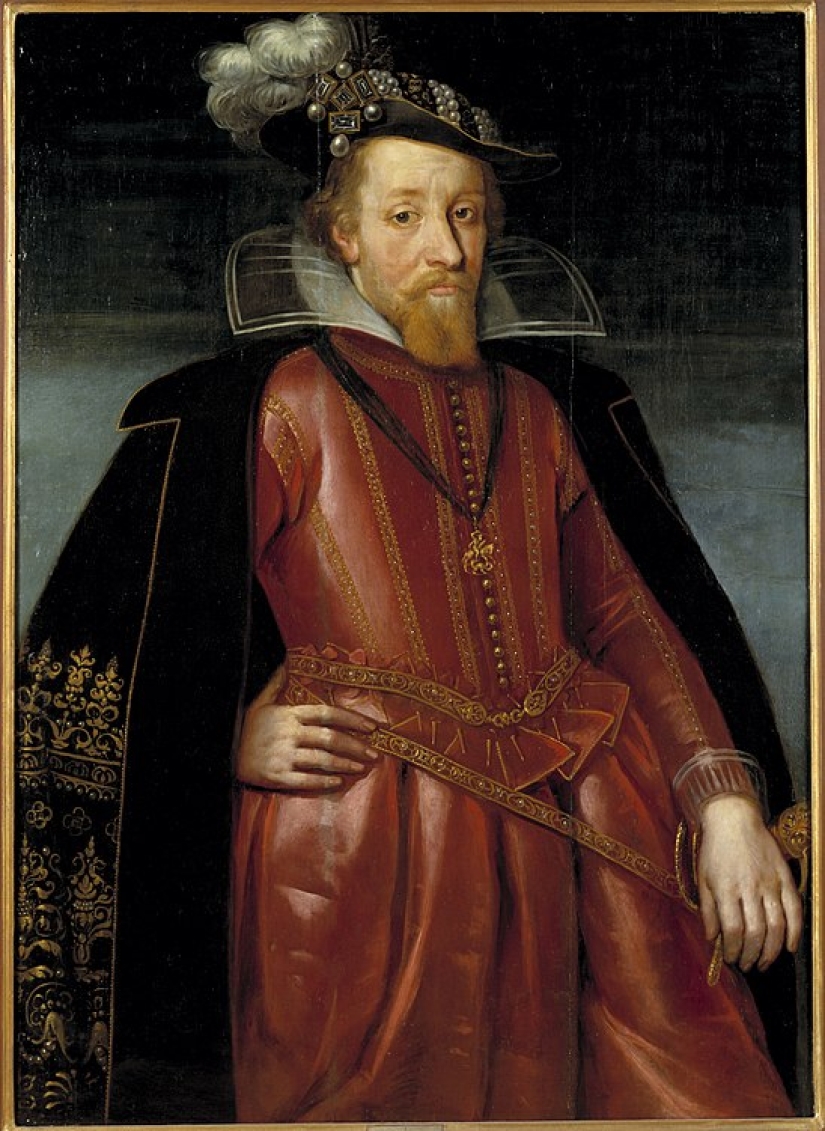
At the beginning of the 17th century, the Jesuits were expelled from the country, and the attitude towards Catholics finally deteriorated. These guys have actually been caught in treacherous actions more than once. Sometimes they intercepted letters from Catholics to the Spanish king, in which they tearfully asked to protect them from Protestant arbitrariness. Now it is difficult to say who is right and perhaps this correspondence was just a cry from the soul of persecuted and deprived of many rights of people.
The tension in society, which arose against the background of religious intolerance, in 1604 resulted in the so-called Gunpowder Conspiracy. His inspiration was the aristocrat Robert Catesby, of course, a passionate Catholic. He was in bad standing with the authorities, as he had already participated in a conspiracy against Queen Elizabeth. Then he miraculously managed to keep his head on his shoulders and even avoid exile from the country.
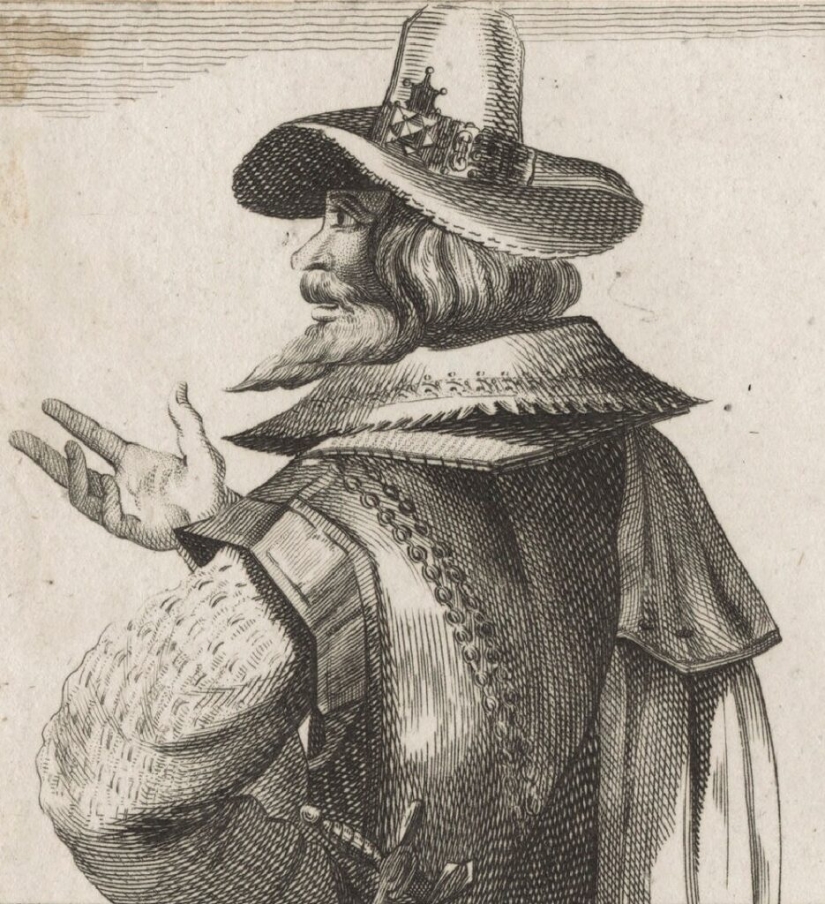
Now the restless Catesby has decided to blow up the king during the monarch's annual speech in parliament. The powder bomb was supposed to rid the Catholics of the kingdom of the main offender. In addition, also from the lords parliamentarians who supported James I and the church elite. In a word, the explosion was supposed to solve all the problems of English Catholics in one fell swoop.
After the death of the enemies in a whirlwind of fire, Robert Catesby planned to lead the uprising. The ultimate goal of the conspiracy was to be the enthronement of a Catholic monarch and the expulsion of Protestants. The ideological mastermind of the coup himself did not really want to deal with technical issues. Therefore, he enlisted the support of several loyal people, one of whom was Guy Fawkes.
To implement the daring plan, one of the conspirators, Thomas Percy, rented a house with a basement near the Palace of Westminster, where the House of Lords was sitting. From the basement they began to dig an underground passage to the basement of the palace, in the form of a long straight gallery. While some conspirators were digging a passage, others were taking gunpowder into the house. Work was progressing at a rapid pace, since the explosion was scheduled for February 1605.
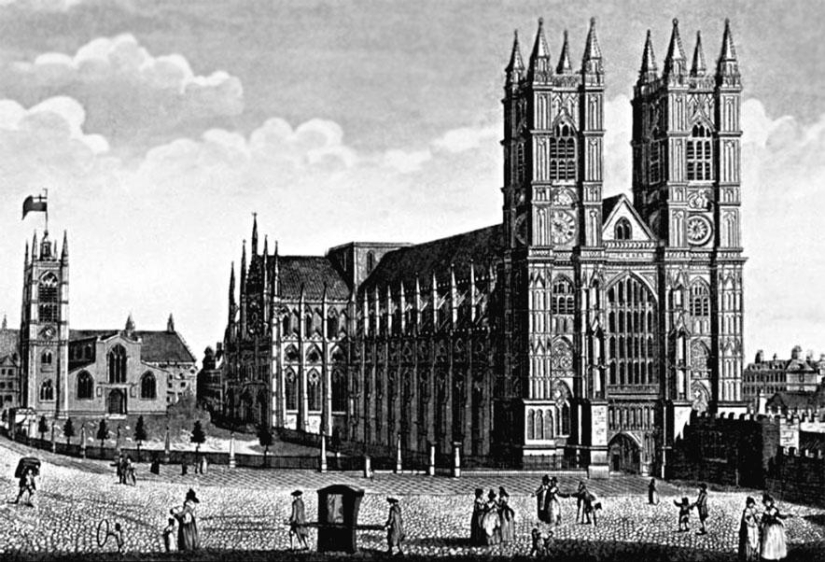
But at the last moment the plans changed, as the parliamentarians postponed the meeting with the king indefinitely. It was only to the advantage of the conspirators, as they were catastrophically out of time. The unexpected postponement of the terrorist attack made it possible to prepare better. Catesby accidentally found out that the neighboring house, owned by coal merchant Ellen Bright, was for rent.
This building also had a basement, but it was partially located under the Parliament building! From the basement of the house in which Guy Fawkes and his colleagues dug a passage, Bright's basement was separated only by a lattice. The conspirators rented the dwelling of a coal merchant and, opening the grate, quickly moved 36 barrels of gunpowder under the parliament hall.
The rebels had a good chance to finish the job. But they were let down by the cadres. The most serious question of the participants The gunpowder breakfast was financial. Money was sorely lacking, so I had to take not entirely reliable, but solvent guys as assistants. As a result, just before the final, the Catesby team consisted of 13 people. That's a lot for a secret and dangerous enterprise.
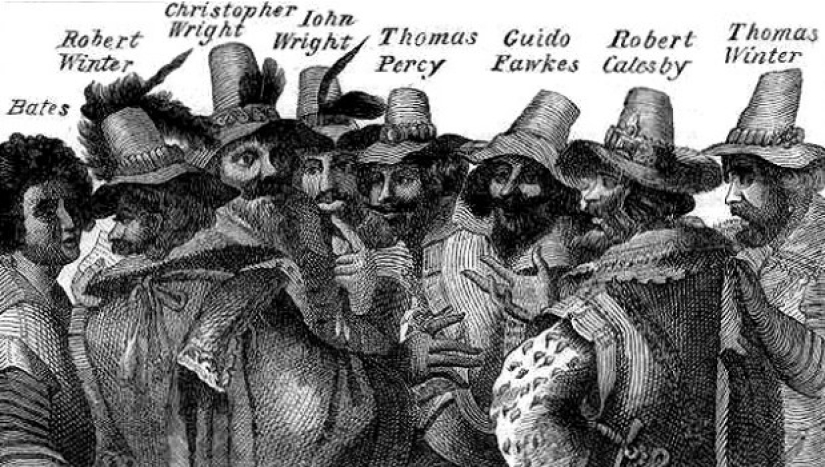
One of the newcomers to the team was a certain Francis Tresham. The man's brother-in-law, Lord Monteagle, was one of the parliamentarians. Tresham wrote a letter to a relative asking him to refrain from attending a meeting with the king. The letter looked strange and was full of vague hints. Lord Montgil was surprised by this message and immediately showed it to the Earl of Suffolk.
The count sensed the danger and used his influence to postpone the meeting of parliament. The strange letter was reported to King James, who agreed that it could be an assassination attempt. Tresham's text included the phrases "they won't see who is hurting them" and "they will receive a terrible blow." Therefore, everyone decided that this was a hint of an explosion.
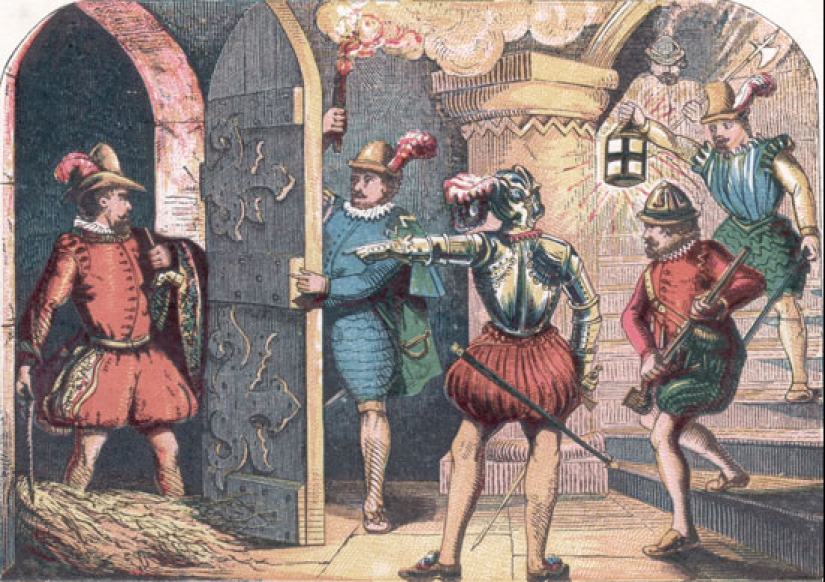
On November 4, 1604, Monteagle and Suffolk began checking the cellars under the Palace of Westminster. In the basement they met Guy Fawkes, but he managed to get out by inventing some kind of story. But it soon became clear that the neighboring house was rented by Thomas Percy, a Catholic and a known troublemaker. Therefore, in the evening of the same day, a more thorough search was conducted and Fox was again found in place. This time, under a pile of coal and firewood, Monteagle and Suffolk found barrels of gunpowder and wicks.
This time, the guards arrested Guy Fawkes. He hid his name and called himself John Johnson. At the first interrogation, the man confessed that he was going to blow up the king and parliamentarians. Very soon the investigation came to the rest of the conspirators. The mastermind of the Gunpowder plot, Catesby, could not be detained — he resisted and was killed in a fight.
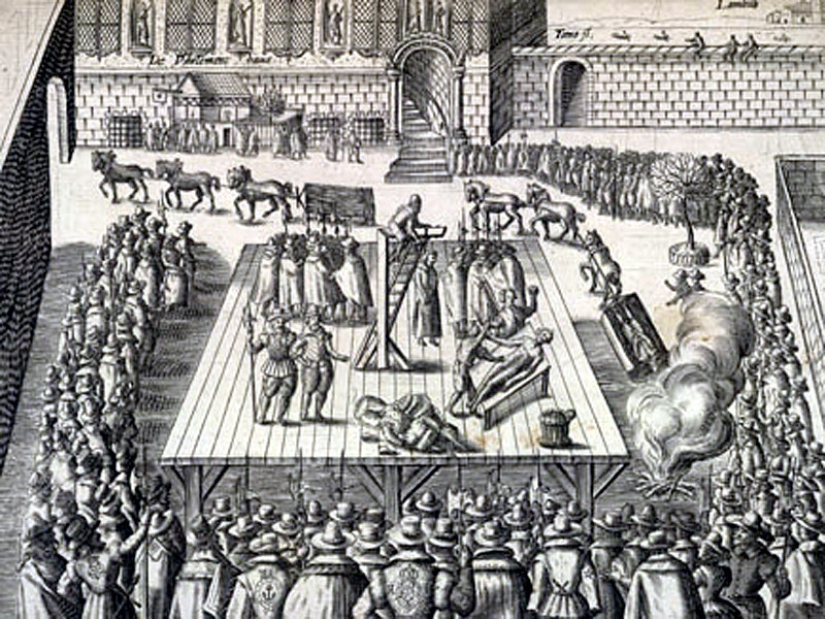
The remaining participants were detained and brought before the court. The trial was not long and all the participants in the conspiracy were executed on January 30 and 31, 1606. Their deaths were not quick and easy. At that time, the most painful execution was expected for an attempt on the monarch. The condemned were hanged, but the noose was tightened slowly so that they would not die immediately. Then the unfortunate were taken from the gallows in a semi-conscious state, gutted alive, and then quartered.
If you believe the legend, Guy Fawkes managed to get off easy. When a noose was put around his neck on January 31, 1606, he jumped from the edge of the scaffold and broke his neck. So the rest of the terrible manipulations the executioner was already doing over the corpse. Guy Fawkes died, but at the same time remained in British culture. Every year, Guy Fawkes Night is celebrated on November 5.
At first, fireworks were simply launched on this holiday, but by the end of the 17th century they began to burn effigies. Figures of Guy Fawkes, the Whore of Babylon and even the Pope were made from straw and rags. Sometimes, for maximum entertainment, live cats were put in stuffed animals, which screamed furiously in the fire. Later, this barbaric custom was abandoned.
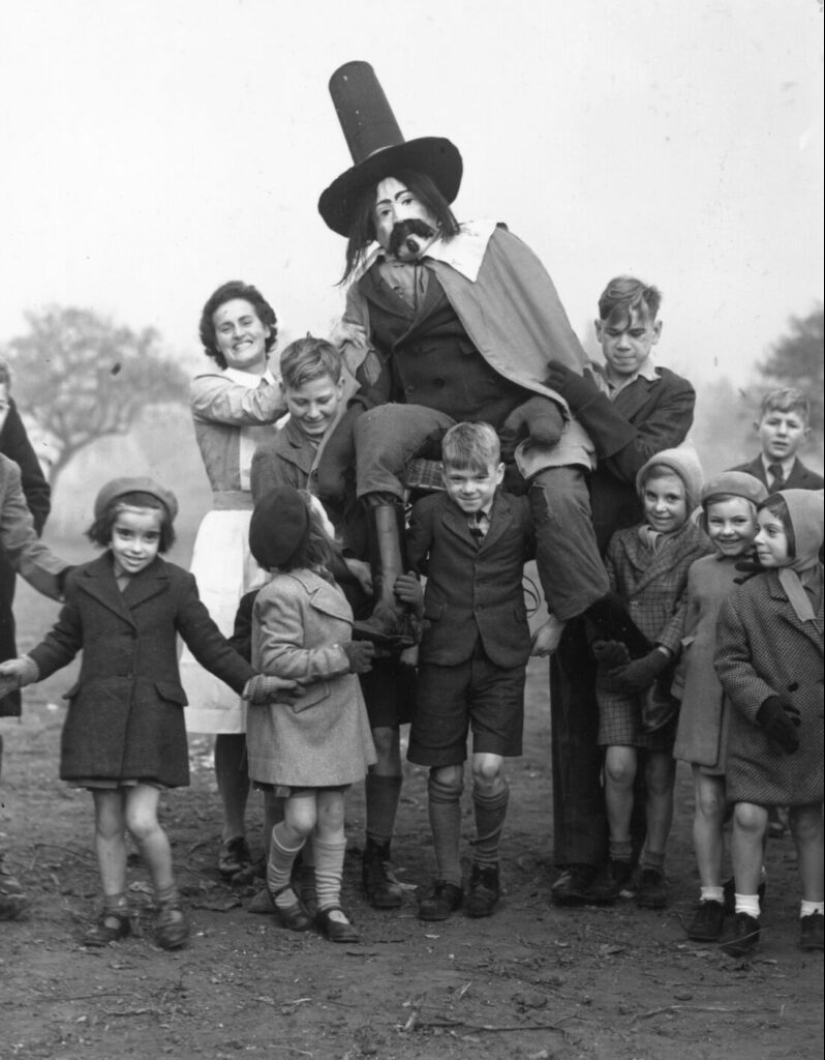
Now in the UK, they just burn Guy Fawkes, and children go home, sing special songs and beg for sweets and money "for Guy." All this action is like a little Halloween.
Recent articles

Extreme gastronomy from different parts of the planet can cause tremors and awe even the most jaded consumer. Canned bread and pork ...

There are people who are able to notice beauty in every little thing around, and this skill they should definitely learn! We offer ...

Every region of the world with a fairly cold winter has its own traditional ways of heating homes. In Western European countries, ...